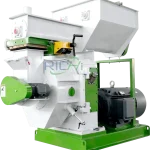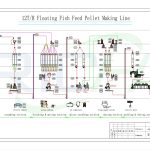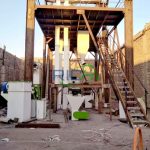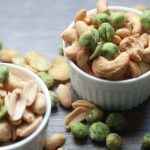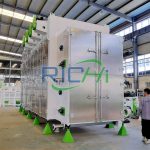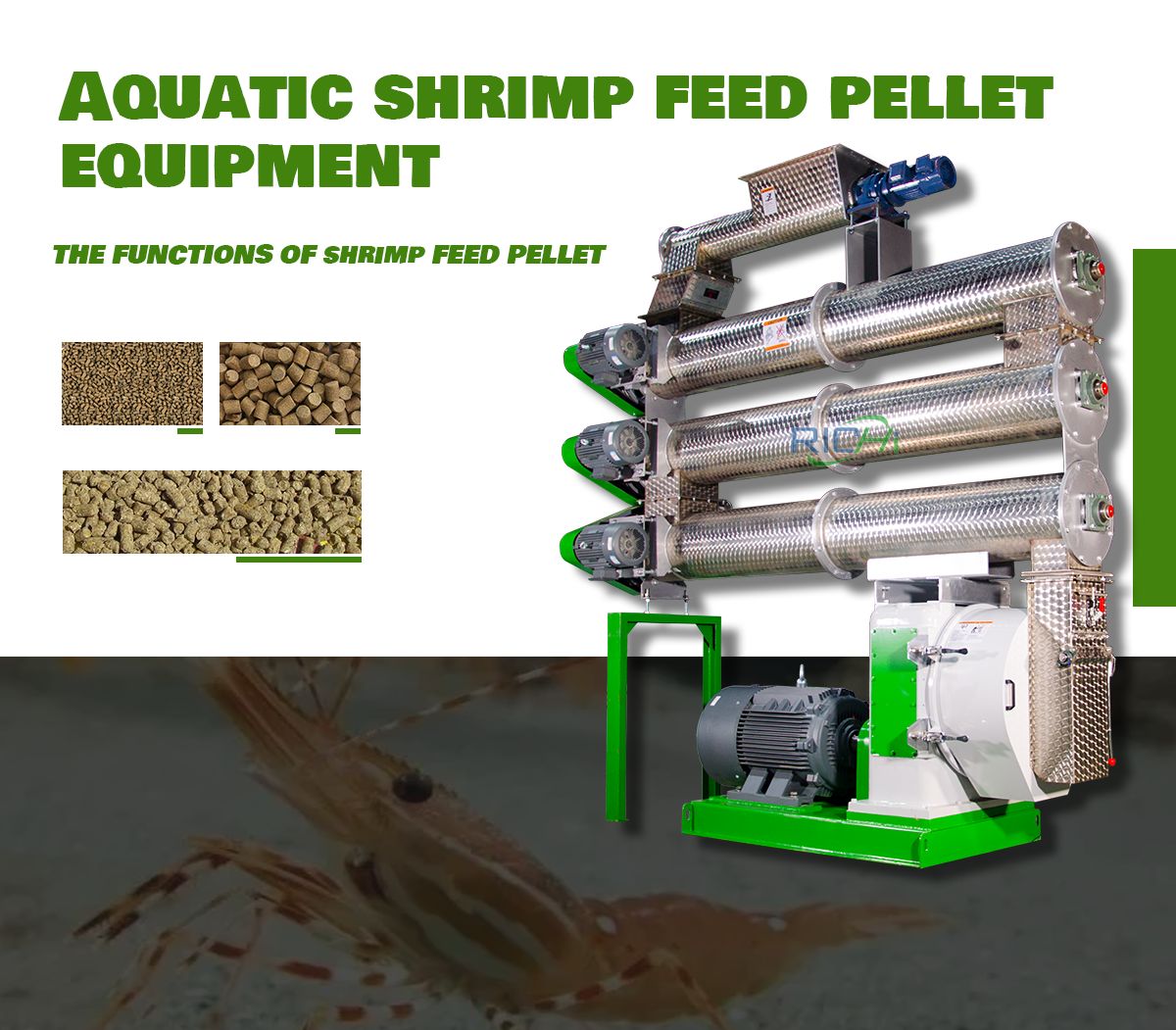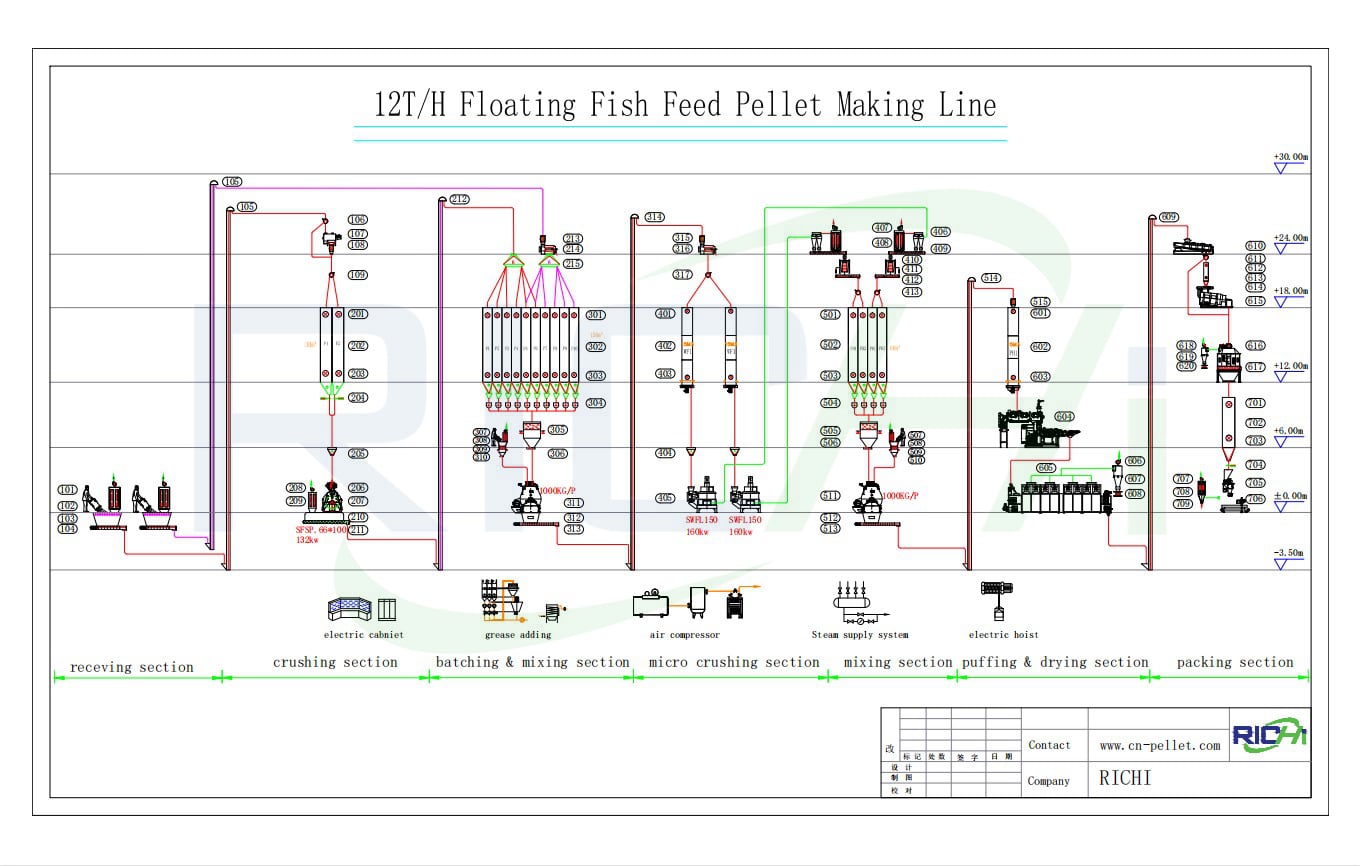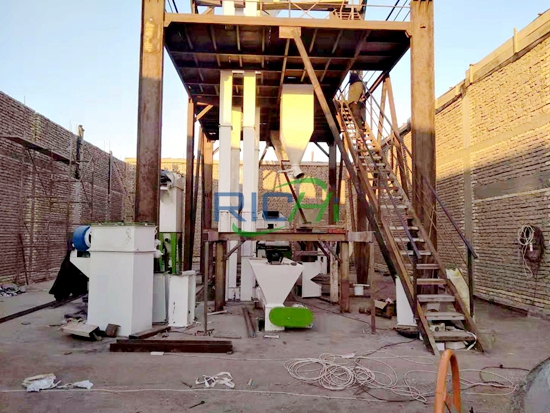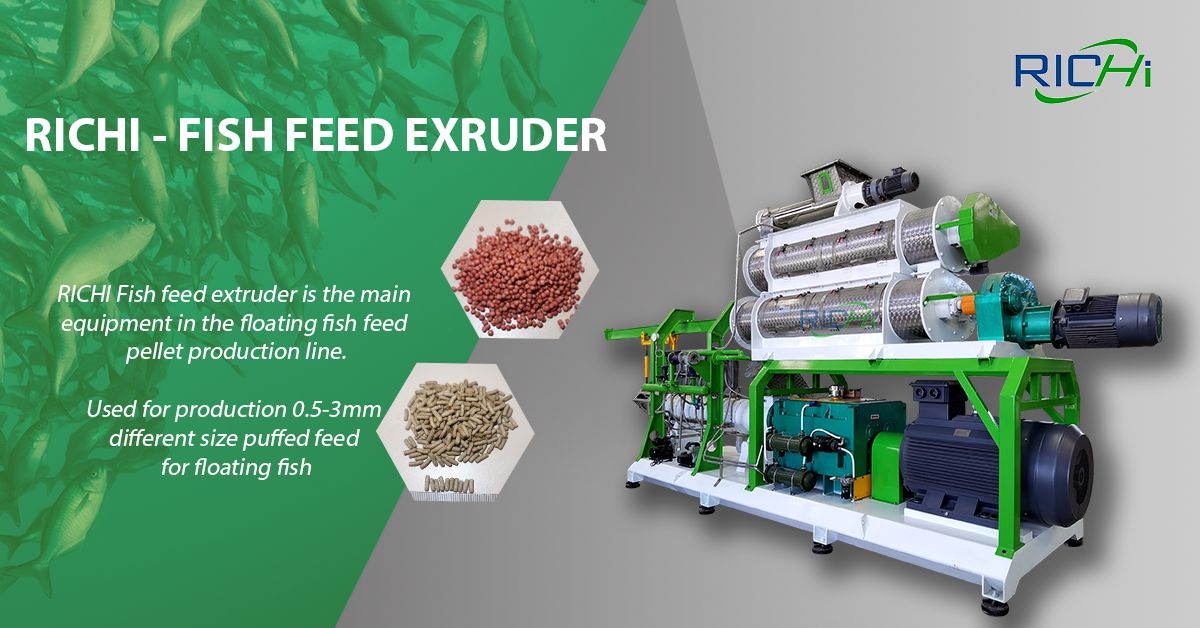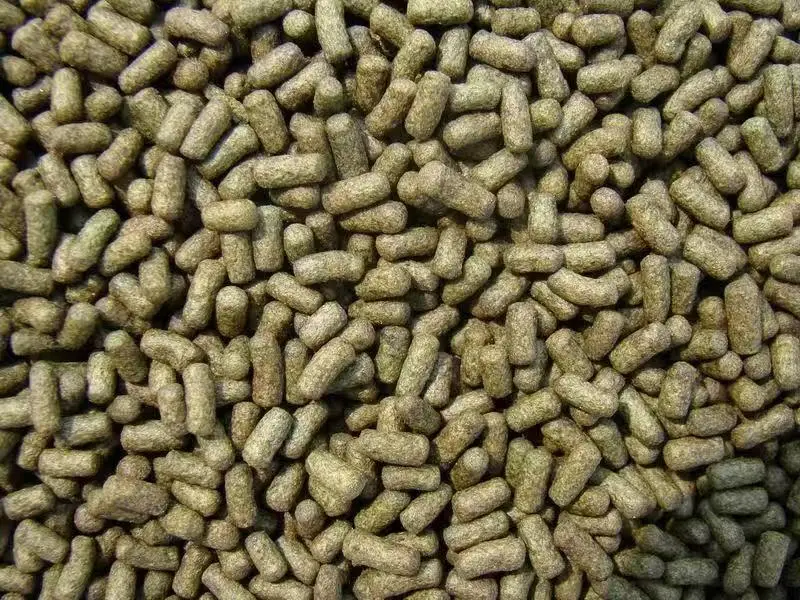In the dynamic aquaculture industry, especially in shrimp farming, the production of high-quality feed is essential for achieving success. Two main technologies are commonly used for manufacturing shrimp feed: pellet machines and extruder machines. While both technologies aim to produce nutritious and stable feed for shrimp, they differ significantly in their processes, capabilities, and the characteristics of the end products. This article delves into the key differences between shrimp feed pellet machines and shrimp feed extruder machines.
Basic Process
Shrimp Feed Pellet Machine:
- Utilizes compression to create pellets.
- Ingredients are pressed through a die by rollers.
- Operates at lower temperatures and pressures.
Shrimp Feed Extruder Machine:
- Employs a combination of heat, moisture, and pressure to form pellets.
- Ingredients are cooked and forced through a die by a screw mechanism.
- Functions at higher temperatures and pressures.
Feed Characteristics
Pellet Machine:
- Produces denser, sinking pellets.
- Limited control over pellet density and buoyancy.
- Typically results in harder pellets.
Extruder Machine:
- Capable of producing floating, slow-sinking, or sinking pellets.
- Offers precise control over pellet density and buoyancy.
- Produces pellets with a range of textures, from soft to hard.
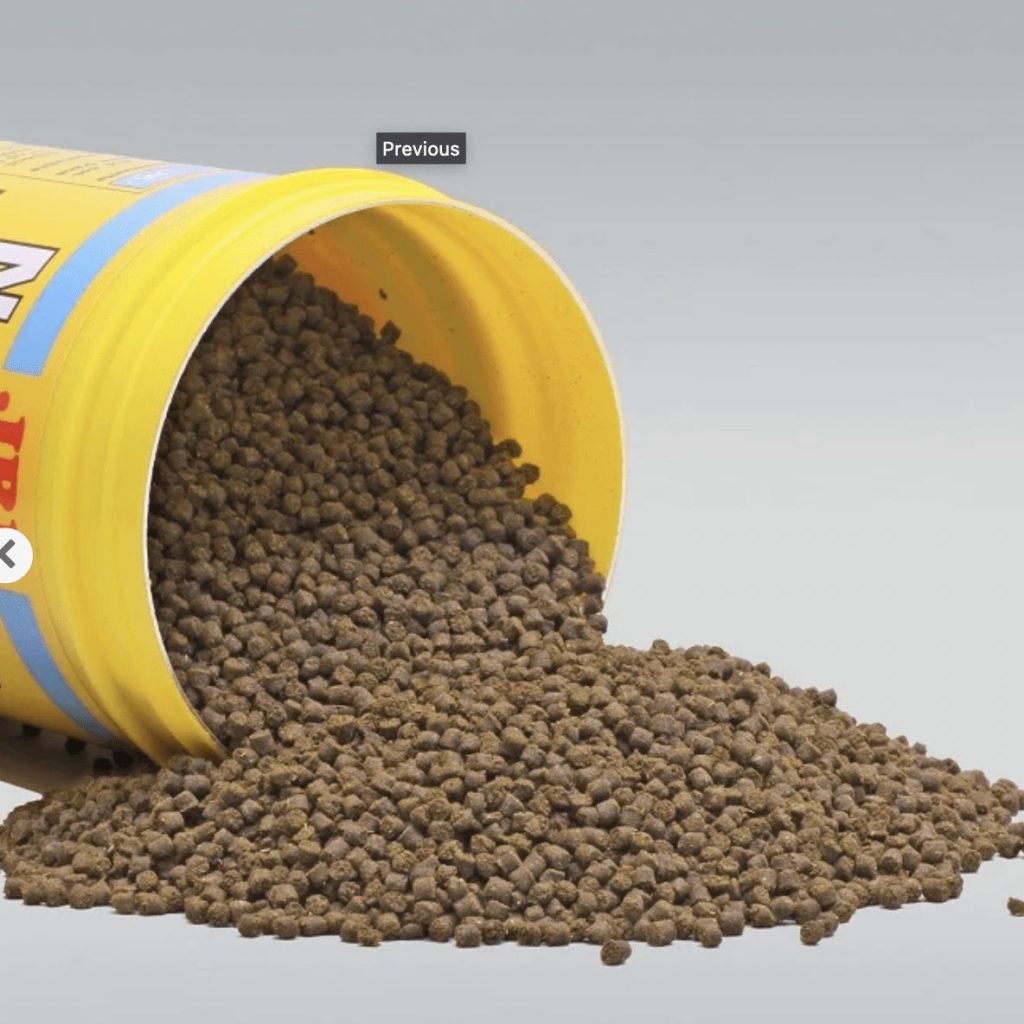
Nutritional Impact
Pellet Machine:
- Limited starch gelatinization and protein denaturation.
- Lower digestibility of feed ingredients.
- Minimal alteration of nutritional components.
Extruder Machine:
- High degree of starch gelatinization and protein denaturation.
- Enhanced digestibility of feed ingredients.
- Can positively or negatively alter nutritional components.
Water Stability
Pellet Machine:
- Produces pellets with moderate water stability.
- May require additional binders to improve stability.
Extruder Machine:
- Produces pellets with excellent water stability.
- Natural binding occurs due to starch gelatinization.
Fat Inclusion
Pellet Machine:
- Limited fat inclusion (typically up to 5-6%).
- Higher fat levels can lead to pellet breakdown.
Extruder Machine:
- Can incorporate higher fat levels (up to 20-30%).
- Fat is encapsulated within the pellet structure.
Ingredient Flexibility
Pellet Machine:
- Performs well with traditional ingredients.
- Limited capability to process novel or challenging ingredients.
Extruder Machine:
- Can process a wide variety of ingredients, including novel and plant-based proteins.
- Better suited for handling fibrous materials and ingredients with anti-nutritional factors.
Production Capacity
Pellet Machine:
- Generally offers lower production capacity.
- Suitable for small to medium-scale operations.
Extruder Machine:
- Provides higher production capacity.
- Ideal for large-scale commercial operations.
Energy Consumption
Pellet Machine:
- Lower energy consumption.
- More energy-efficient for smaller operations.
Extruder Machine:
- Higher energy consumption due to the cooking process.
- More energy-intensive but often offset by greater production capacity. (Related post: feed mill pellet machine)
Initial Investment and Operating Costs
Pellet Machine:
- Lower initial investment.
- Lower operating costs.
- Simpler maintenance requirements.
Extruder Machine:
- Higher initial investment.
- Higher operating costs due to energy consumption.
- More complex maintenance requirements.
Pellet Size and Uniformity
Pellet Machine:
- Limited range of pellet sizes.
- May produce less uniform pellets.
Extruder Machine:
- Wide range of pellet sizes possible (from micro-pellets to large pellets).
- Produces highly uniform pellets.
Feed Conversion Ratio (FCR)
Pellet Machine:
- Generally results in a higher FCR.
- Less efficient nutrient utilization by shrimp.
Extruder Machine:
- Typically results in a lower FCR.
- More efficient nutrient utilization due to improved digestibility.
Environmental Impact
Pellet Machine:
- Lower energy use results in a smaller carbon footprint.
- Potential for more feed waste due to lower water stability.
Extruder Machine:
- Higher energy use increases carbon footprint.
- Less feed waste due to better water stability and digestibility.
Processing of Heat-Sensitive Ingredients
Pellet Machine:
- Better suited for heat-sensitive ingredients.
- Less degradation of heat-labile vitamins and amino acids.
Extruder Machine:
- High temperatures can degrade certain heat-sensitive nutrients.
- May require post-extrusion addition of heat-sensitive ingredients.
Adaptability to Different Feed Formulations
Pellet Machine:
- Less flexible in handling varying feed formulations.
- May require significant adjustments for different recipes.
Extruder Machine:
- Highly adaptable to different feed formulations.
- Can easily switch between recipes with minimal adjustments.
Control Over Feed Characteristics
Pellet Machine:
- Limited control over final feed characteristics.
- Mainly relies on ingredient composition for feed properties.
Extruder Machine:
- Offers precise control over various feed characteristics.
- Can manipulate texture, density, and expansion through process parameters.
Suitability for Different Growth Stages
Pellet Machine:
- Better suited for producing grow-out feeds.
- May struggle with producing high-quality starter feeds.
Extruder Machine:
- Can produce high-quality feeds for all growth stages.
- Particularly effective for producing micro-pellets for larval and post-larval stages.
Conclusion
Both shrimp feed pellet machines and shrimp feed extruder machines play significant roles in the aquaculture industry. The choice between the two depends on various factors, including production scale, desired feed characteristics, ingredient availability, and budget constraints.
Pellet machines are generally more suitable for smaller operations or those using traditional ingredients and formulations. They provide a cost-effective solution for producing basic shrimp feed pellets, although they may have limitations in terms of feed quality and flexibility.
On the other hand, extruder machines represent a more advanced technology that offers greater control over feed characteristics and can produce higher quality feed. They are particularly well-suited for large-scale operations, those using diverse ingredients, or producers aiming for premium feed products.
As the shrimp farming industry continues to evolve with an increased focus on sustainability, feed efficiency, and the use of alternative ingredients, extruder technology is likely to gain prominence. Nevertheless, pellet machines will continue to play a vital role, especially in regions where initial investment costs and energy availability are limiting factors.
Ultimately, the decision between a shrimp feed pellet machine and a shrimp feed extruder machine should be based on a thorough analysis of the specific needs of the operation, considering factors such as production scale, target market, available ingredients, and long-term business goals. Each technology has its strengths, and the right choice can significantly contribute to the success and profitability of a shrimp farming operation.

